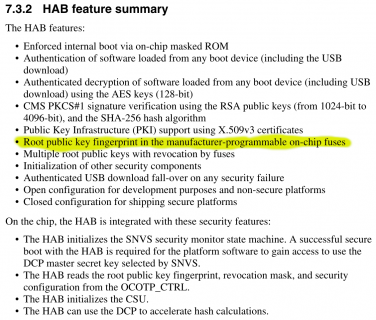kd5rxt-mark
Well-known member
I'm planning to make it rename the file(s) for your previously created key(s), so nothing ever gets overwritten. But if you click it many times, you'll end up with many key files! Only the one named "key.pem" actually gets used.
In future versions I might support other (better?) ways to manage keys. Optional password protection is high on the list of missing features. But keeping it simple for now.
Excellent, thanks !!
Mark J Culross
KD5RXT


